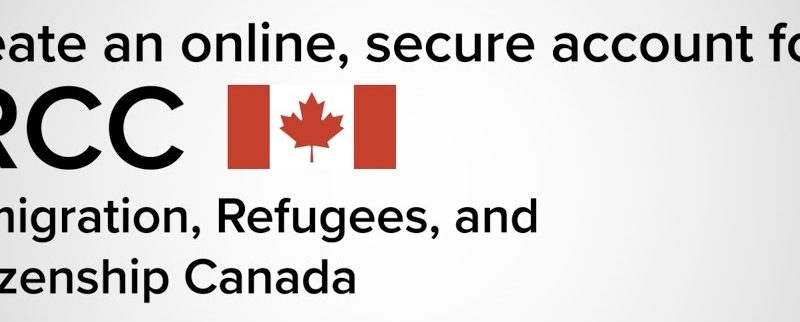Guide 5487: Applying for a Work Permit outside Canada
Note: If you do not have a family name on your passport or travel document, enter all your given names here and leave the given name field blank.
Type all of your given names (first, second, or more) exactly as shown on your passport or travel document (even if the name is misspelled). Do not use initials.
Note: If you do not have a given name on your passport or travel document, leave this field blank. Do not enter “*”, “Not applicable” or “NA”.
Nick names or Alias
Check the box to tell us if you have ever used any other name. This could include your birth name, maiden name, married name, nick name, etc.
If you checked “Yes”, type any other family name that you have ever used.
If you checked “Yes”, type any other given name (first, second, or more) that you have ever used.
Note: If the gender identifier chosen is F or M, it must match the sex that appears on the passport or travel document you provide with your application. If the gender identifier chosen is X, it should match an equivalent non-binary option.
- The name of the country or territory you live in, if you have been lawfully admitted to that country or territory.
- Your immigration status in that country or territory (choose one of the following):
- Citizen
- Permanent resident
- Visitor
- Worker
- Student
- Other
- Protected Person
- Refugee Claimant
- Other: You must fill out this section if you chose “Other” as a status.
- The dates (From – To) you have been living in your country or territory of residence.
If you checked “Yes”, choose the correct information:
- The name of the country or territory you lived in,
- Your immigration status for the time you were in that country or territory:
- Citizen
- Permanent resident
- Visitor
- Worker
- Student
- Other
- Protected Person
- Refugee Claimant
- Other: You must fill out this section if you chose “Other” as a status.
- The dates (From – To) you were living in that country or territory.
If you checked “No”, choose the correct information:
- The name of the country or territory where you are applying from,
- Your immigration status in that country or territory by choosing one of the following:
- Citizen
- Permanent resident
- Visitor
- Worker
- Student
- Other
- Protected Person
- Refugee Claimant
- Other: You must fill out this section if you chose “Other” as a status.
- The dates (From – To) that you have been living in that country or territory.
If you are not a citizen of the country or territory where you are applying, you must send proof of your legal status in the country or territory you live in when you submit your application.
- Choose your current marital status:
- Annulled Marriage
- This is a marriage that is legally declared invalid. An annulment can also be a declaration by the Catholic Church that the marital union did not have a binding force.
- Common-
Law - This means that you have lived continuously with your partner in a marital-type relationship for a minimum of one year.
- Divorced
- This means that you are officially separated and have legally ended your marriage.
- Legally Separated
- This means that you are married, but are no longer living with your spouse.
- Married
- This means that you and your spouse have had a ceremony that legally binds you to each other. Your marriage must be legally recognized in the country where it was performed and in Canada.
- Single
- This means that you have never been married and are not in a common-law relationship.
- Widowed
- This means that your spouse has died and that you have not re-married or entered into a common-law relationship.
- Enter the date (year, month and day) you were married or you entered into your current common-law relationship.
- Type the family names and given names of your current spouse or common-law partner.
If you are in a common-law union, you must also fill out the Statutory Declaration of Common-law Union (IMM 5409) form and include it with your application. If you are married, you must send a photocopy of your marriage licence or certificate with your application.
- All family names,
- All given names,
- Date of birth,
- Type of relationship:
- Common-law, or
- Married.
- Dates (From – To) for which you were in the relationship with your former spouse or common-law partner.





